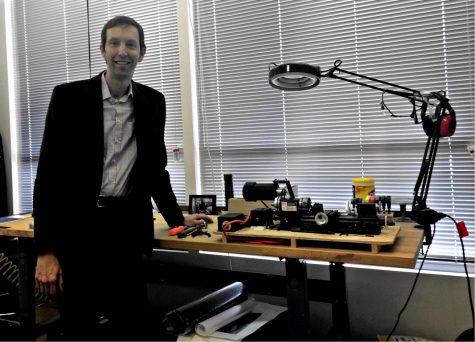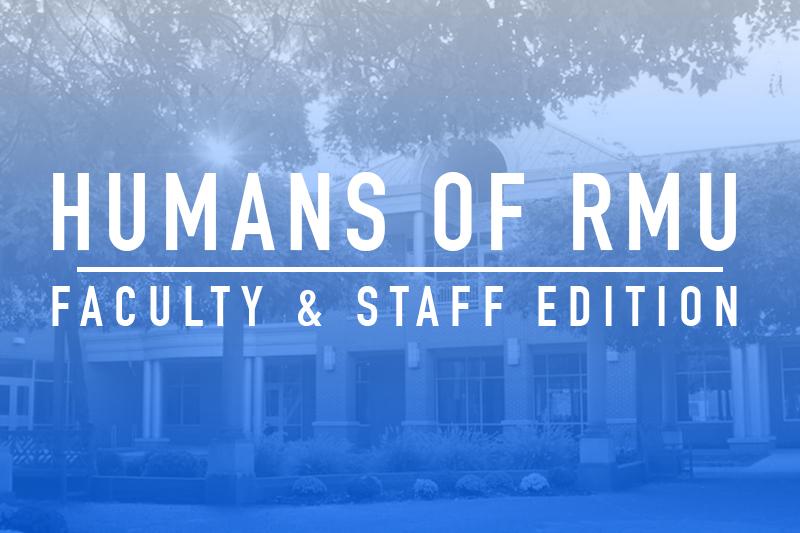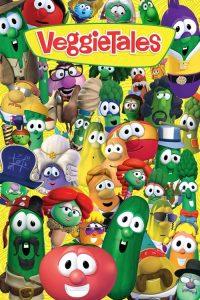Humans of RMU: The sculptor
October 20, 2017
Awards — whether they bring international celebrity or simply recognize a good deed — typically come with a statue or plaque to commemorate the occasion. What might not be so obvious is that someone had to design the award long before anyone actually received it. For one of the awards presented here at RMU, the sculpture presented to the winners came to life through the artistic talents of a former student, Casey Stephens, and a member of the Robert Morris faculty, Jon Radermacher, M.F.A., the associate dean, School of Communications and Information Systems and an associate professor of media arts.
“The president’s office approached me about making something, and I said, ‘It would be better with a student,’” Radermacher said. “He and I designed it, and we fabricated the first one together. The ones that I’ve done since — I have fabricated on my own because he has graduated and moved on. I’ve made three of them so far.”
Acquiring the skills needed to co-design and fabricate the David J. Malone Volunteer Service Award isn’t something that happened overnight. For Radermacher, making things has always been a part of his life beginning with the projects he did with his grandfather and father. Once in college, he realized that a degree in engineering wasn’t for him and switched to art — earning a B.F.A. and M.F.A. in metalsmithing.

With each of his projects taking between 100 and 150 hours to complete, Radermacher generally designs and fabricates using metals; however, he does use a number of other materials including wood and stone. It might seem surprising, but one of his favorite objects to create are lamps. For this artist, creating a lamp gives him the unique ability to add the element of light to his work.
“When I was in graduate school, the high-brightness LEDs were just coming of age, so I started playing around with them in my work,” Radermacher said. “My favorite medium is light. It’s not something you can touch; it’s just something you can see.”
Radermacher is accustomed to helping his students learn using the studio method, which is based on the idea of a master and apprentice relationship that allows people to grow into the creative process. He finds it interesting that today’s popular maker movement is helping all sorts of people rediscover the advantages of learning to be creative.
“All of these other different fields that want people to be more creative are now latching onto this — (the creative fields) have been doing it for 100 years,” Radermacher said. “It’s kind of nice to be in the center of that and other fields realizing that to harness creativity, design thinking is the avenue to do that.”
Being recognized for what he does is not what drives his work. He admits to enjoying some thoughts about where his sculptures end up and to the idea that the owner of the object can attach some meaning or memory to it — such as the receiver of an award looking at it and realizing that it is a permanent mark of their commitment. For Radermacher’s part, actually making something turns out to be the most important because he gets the chance to figure out how to put an object together.
“Fabricating by hand is an exercise in problem solving,” Radermacher said. “But at the same time, anytime you create something new that you haven’t created before — getting techniques to work with each, getting materials to work with each other, getting all the things to come together to get that final object or sculpture that you want — that in itself is a new problem every time. That for me is where the fun is.”





